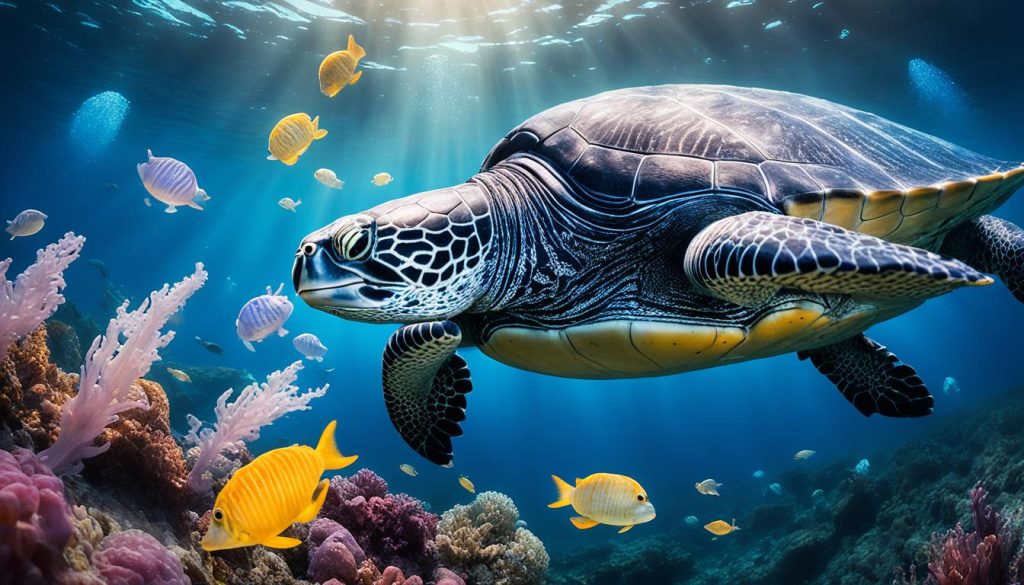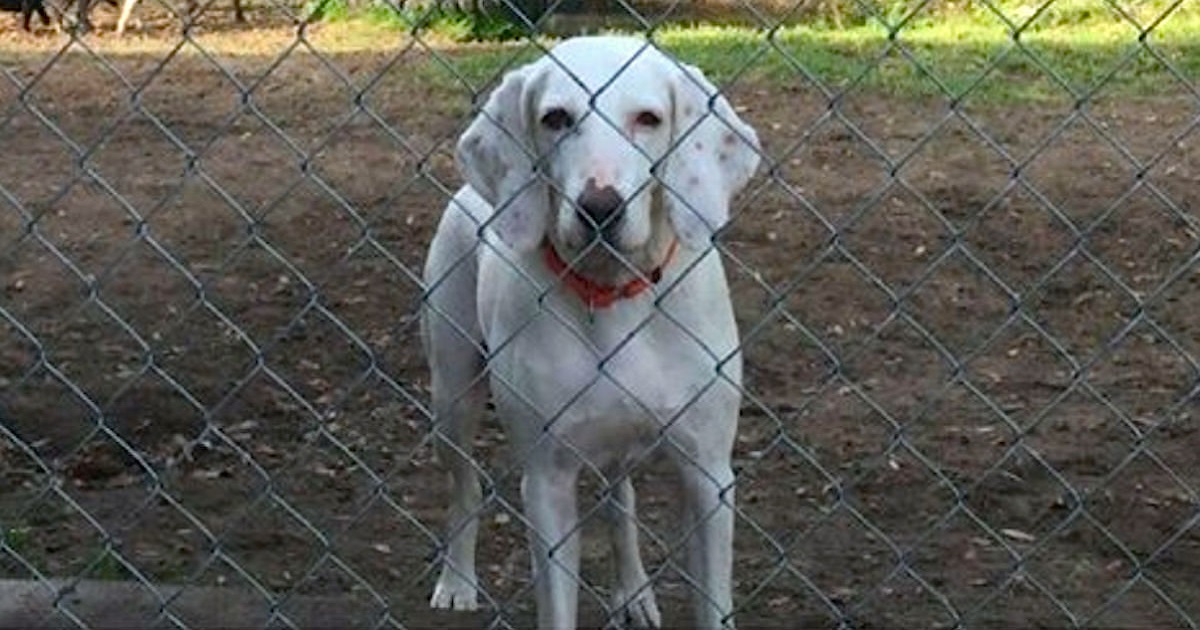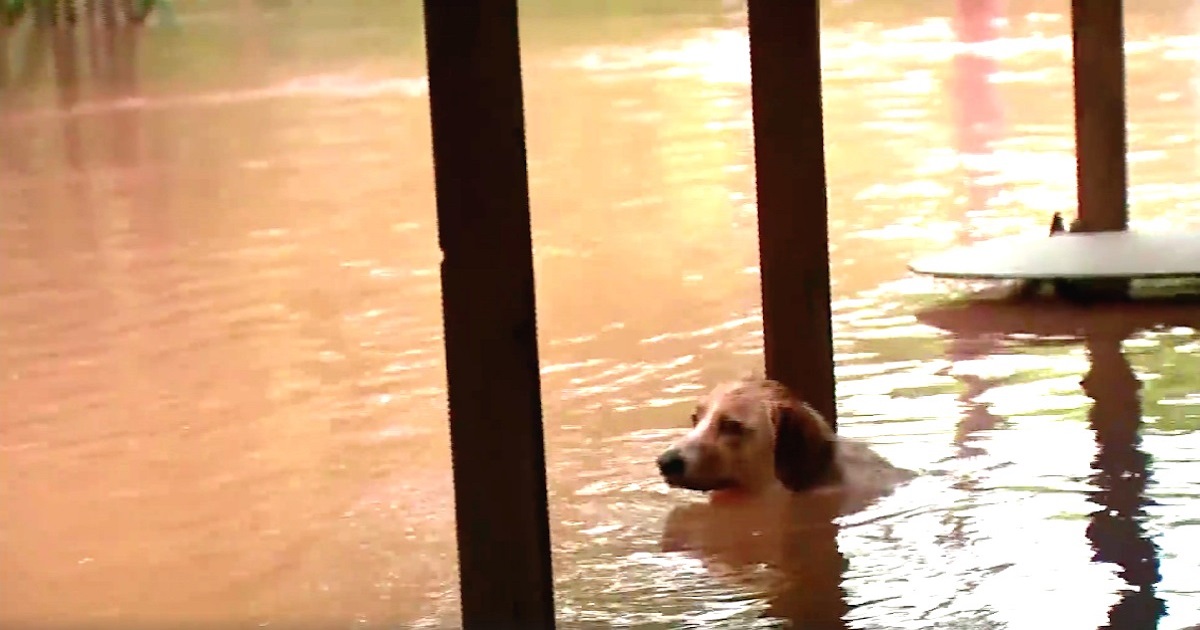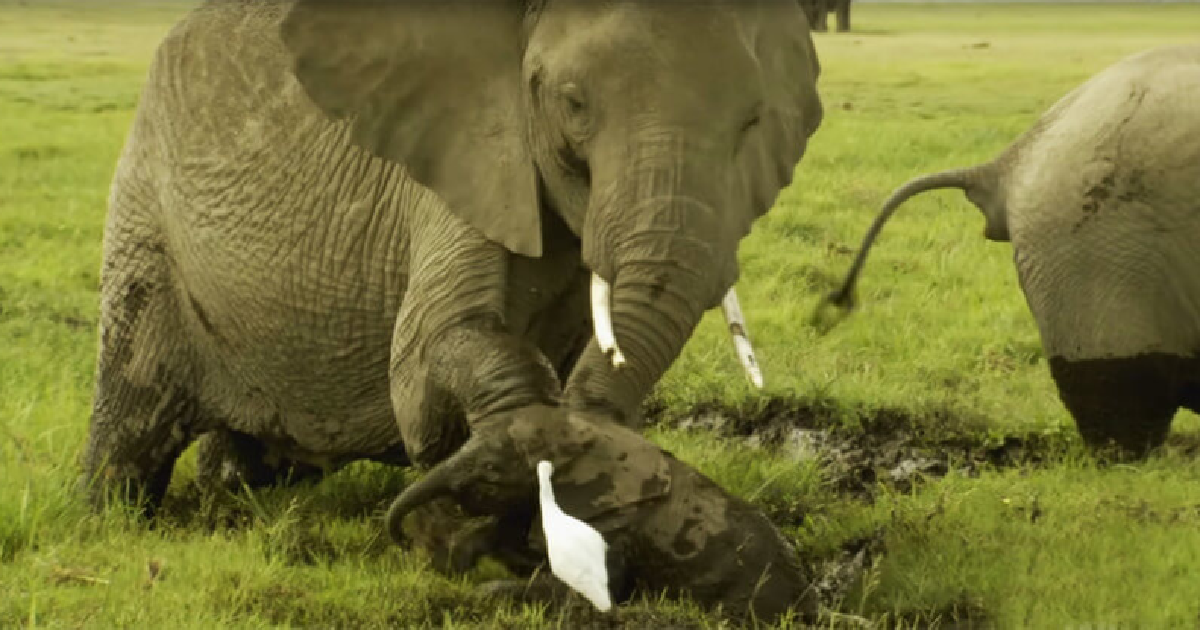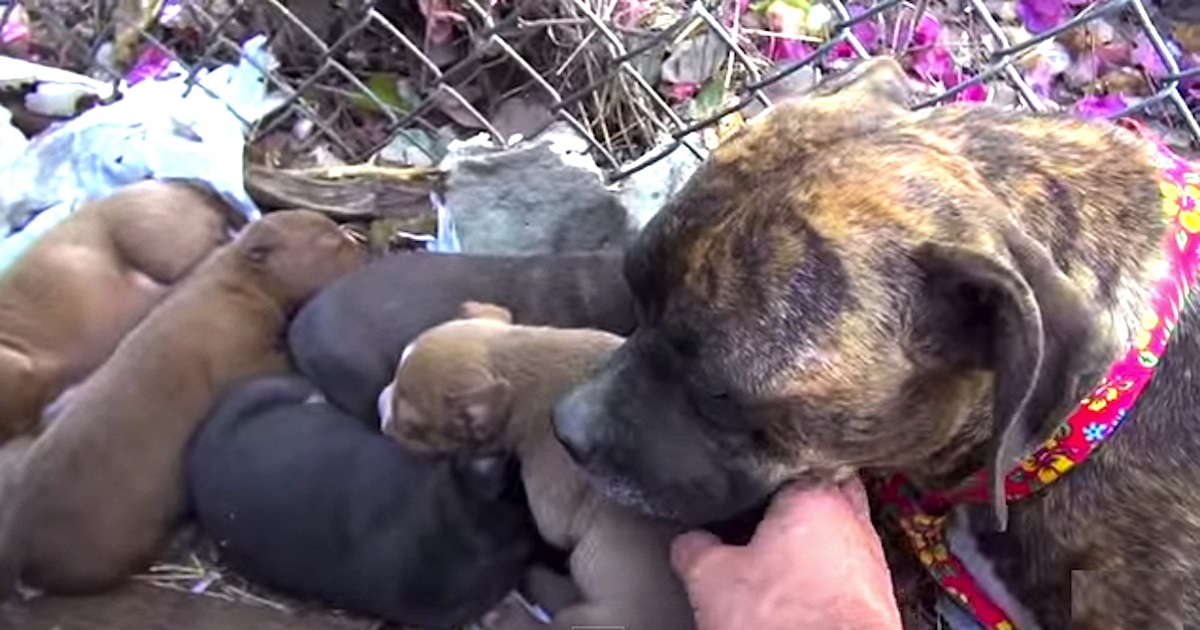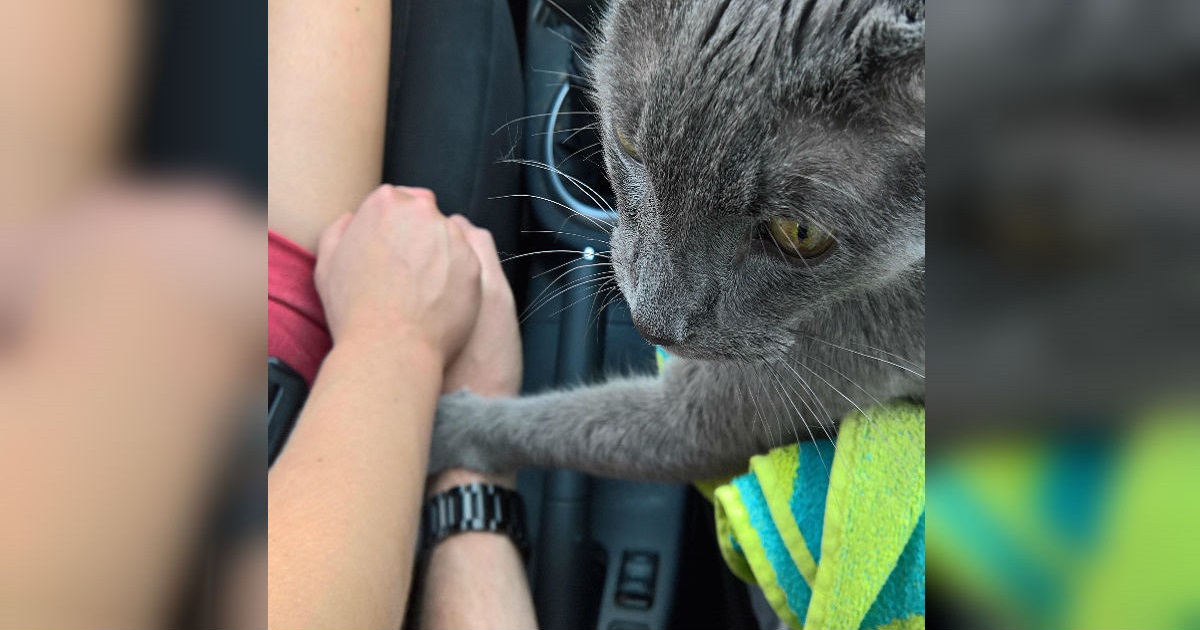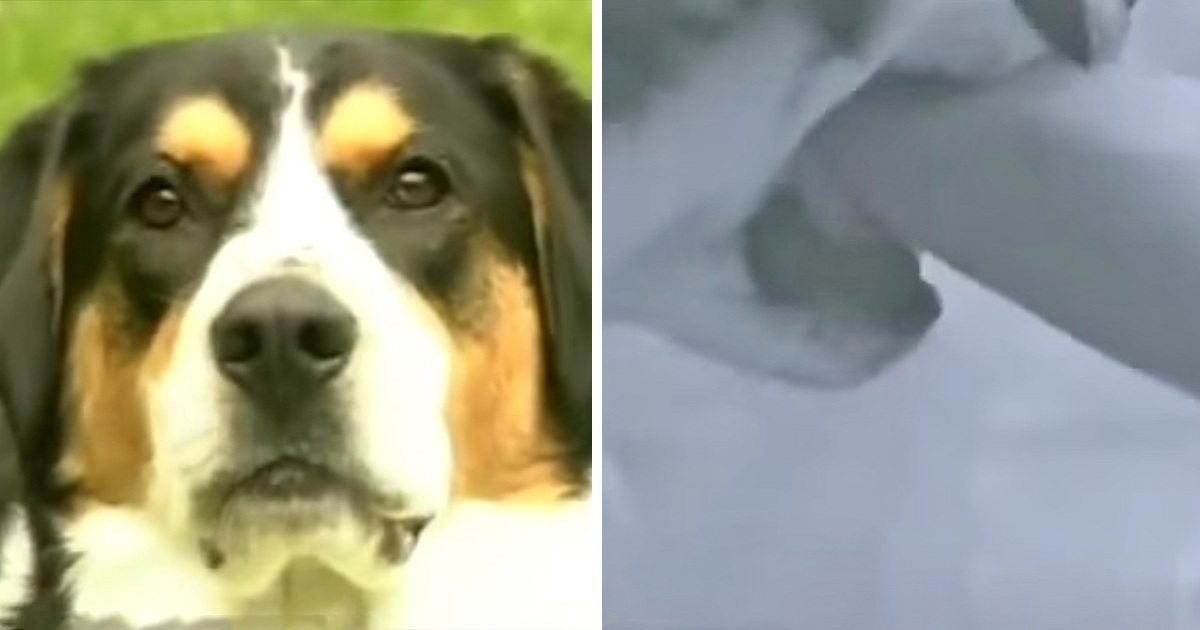Have you ever wondered what turtles eat? Well, you’re in the right place! In this article, I will provide you with fascinating insights into the diet of turtles, including their food options and specific dietary needs. Whether you’re interested in sea turtles or contemplating getting a pet turtle of your own, understanding their diet is essential for their overall health and well-being.
Sea turtles, known for their graceful presence in the ocean, have a diverse diet that depends on their species and habitat. Each species has unique adaptations and evolved to consume specific types of food. The diet of a sea turtle starts with the energy-rich yolk of its egg, which fuels its development. Notably, the mother turtle’s diet can influence the nutritional content of the eggs and even pass on chemicals and pollutants.
What Do Turtles Eat
- Sea turtles have diverse diets based on their species and habitat requirements.
- The diet of a sea turtle changes as it progresses through different life stages.
- Green turtles and hawksbill turtles transition from carnivorous hatchlings to herbivorous adults.
- Leatherback turtles primarily feed on jellyfish, while loggerhead turtles consume a variety of prey.
- Sea turtles play a vital role in maintaining the health of ocean ecosystems.
Sea Turtle Diets and Feeding Habits
The diet of sea turtles varies throughout their life stages. As hatchlings, green turtles are omnivorous, feeding on a variety of food such as zooplankton, mollusks, and crustaceans. However, as they grow, their diet shifts primarily to a herbivorous one, consisting of seagrasses and algae. Similar to green turtles, hawksbill turtles start their lives as carnivores, consuming sponges, and gradually transition to a diet almost exclusively composed of sponges, both as juveniles and adults.
Leatherback turtles have a unique diet as they primarily feed on jellyfish. However, they also consume other soft-bodied organisms, squid, and octopus. On the other hand, loggerhead turtles are carnivores and have a varied diet, which includes crustaceans, snails, mussels, and small amounts of sea grasses and algae. Kemps ridley turtles primarily feed on crabs, but they can also consume other crustaceans, mollusks, and occasionally fish. Lastly, flatback turtles have a diverse diet that includes snails, jellyfish, corals, and other soft-bodied invertebrates.
Understanding the feeding habits and dietary preferences of sea turtles is crucial to their preservation and conservation efforts. By ensuring the availability of their preferred foods and protecting their habitats, we can support their populations and contribute to the overall health of marine ecosystems.
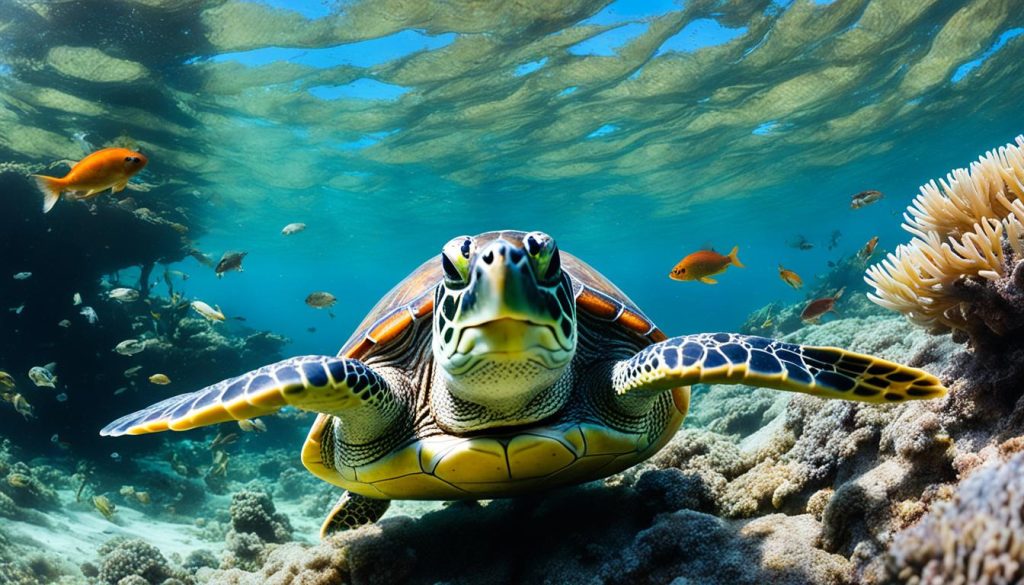
Role of Sea Turtles in Ocean Ecosystems
Sea turtles play a crucial role in maintaining the health of ocean ecosystems. These magnificent creatures contribute to the balance and biodiversity of marine environments, providing essential ecological functions.
Green Turtles and Seagrass
One important ecological role of sea turtles is their impact on seagrass beds. Green turtles graze on seagrasses, preventing overgrowth and maintaining a healthy balance. By consuming the excess grass, these turtles promote the quality and growth of seagrass beds, creating an optimal habitat for various marine species.
Hawksbill Turtles and Sponges
Hawksbill turtles play a vital role in controlling sponge populations on coral reefs. These turtles feed on sponges, preventing them from overpopulating and outcompeting other organisms. By maintaining a balanced sponge population, hawksbill turtles help corals thrive and contribute to the overall health of coral reef ecosystems.
Leatherback Turtles and Jellyfish
Leatherback turtles are important predators of jellyfish. These turtles play a significant role in regulating jellyfish populations, preventing their unchecked growth. Without leatherback turtles, jellyfish populations could negatively impact fish populations and disrupt the balance of the marine food web.
Loggerhead Turtles and Nutrient Recycling
Loggerhead turtles contribute to nutrient recycling in ocean ecosystems. During feeding, these turtles crush shells of mollusks and crustaceans, releasing calcium and other essential nutrients back into the environment. Additionally, while searching for prey, loggerhead turtles create trenches in the sea floor, which further benefit the ecosystem by redistributing nutrients.
Threats to Sea Turtles’ Diet
Plastic pollution poses a significant threat to sea turtles and their diet. These majestic creatures often mistake plastic for food, leading to detrimental consequences. The ingestion of plastic can cause blockages in their digestive system, leading to malnutrition and, in severe cases, death. The effects of plastic ingestion on turtles are alarming and demand urgent attention.
Around the world, studies have shown that approximately 52% of sea turtles have ingested plastic. In some areas, this percentage is even higher. The magnitude of plastic pollution and its impact on sea turtles cannot be underestimated.
Efforts to reduce plastic consumption and waste production are crucial in protecting these vulnerable creatures. By minimizing single-use plastic items, properly disposing of plastic waste, and supporting initiatives that promote sustainable alternatives, we can safeguard the well-being and survival of sea turtles.
Pet Turtle Diet and Care
Pet turtles require a balanced diet to ensure their health and well-being. As a responsible pet owner, it’s crucial to understand the dietary needs of your turtle to provide them with the proper nutrition they require. Let’s explore the key aspects of a turtle’s diet and how to care for them.
Types of Pet Turtles and Their Diet
Most pet turtles, such as red sliders, painted turtles, and pond turtles, are omnivores. Their diet should consist of a combination of animal protein, vegetables, and commercially available turtle pellets. Turtle pellets provide essential nutrients and are designed specifically for turtles’ dietary needs.
Carnivorous turtles, like the spiny soft-shell turtle, require a higher percentage of animal protein in their diet to support their natural feeding habits. Consider incorporating live food, such as feeder fish and insects, into their diet. These live foods provide additional protein and mimic the hunting behavior of carnivorous turtles.
Adjusting Diet as Turtles Age
As turtles age, their dietary needs change. Younger turtles require more protein in their diet for growth and development. However, as turtles reach adulthood, their diet should shift towards more vegetables and less animal protein. This adjustment ensures a balanced diet and helps prevent obesity and other health issues in adult turtles.
Consulting with a Reptile Veterinarian
Consulting with a reptile veterinarian is essential to determine the specific dietary needs of your pet turtle. These professionals can provide expert advice based on your turtle’s species, size, age, and health condition. A reptile veterinarian will guide you in creating a well-rounded diet plan that meets your turtle’s nutritional requirements.
Remember, providing a balanced diet is just one aspect of caring for your pet turtle. Create an appropriate habitat, monitor their water quality, and ensure they receive adequate UVB lighting for proper shell and bone development. By prioritizing their diet and overall care, you can help your pet turtle thrive and live a healthy, happy life.
Recommended Foods for Pet Turtles
When it comes to feeding your pet turtle, it’s important to provide a balanced and nutritious diet. A variety of vegetables should be a staple in their meals, offering essential vitamins and minerals. Dark, leafy greens such as collard greens, kale, and romaine lettuce are excellent options. These vegetables are not only rich in nutrients but also low in oxalates, which can interfere with calcium absorption. Including other vegetables like squash, green beans, and broccoli can add diversity to your turtle’s diet and provide additional nutrients.
In addition to vegetables, live food plays a crucial role in meeting the protein needs of your pet turtle. Feeder fish are a popular choice and can be easily obtained from pet stores. Insects like crickets and mealworms are also great options that offer essential protein. Shellfish, such as shrimp and mussels, can be added to their diet to provide a variety of essential nutrients. These live food options mimic the natural hunting behavior of turtles, stimulating their senses and providing enrichment.
While vegetables and live food form the foundation of a turtle’s diet, fruits can be included as occasional treats. Fruits like apple, melon, berries, and grapes are tasty options that can add variety and sweetness to their meals. However, it’s important to remember that fruits should not make up a large portion of their diet, as turtles primarily require vegetables and protein for their nutritional needs.
By offering a combination of vegetables, live food, and occasional fruits, you can provide a well-rounded and nutritious diet for your pet turtle. Remember to consult with a reptile veterinarian to ensure you are meeting your turtle’s specific dietary needs. Taking the time to understand and cater to the nutritional requirements of your pet turtle will contribute to their overall health and well-being.
Conclusion
Turtles have diverse diets based on their species and habitat, and understanding their dietary needs is crucial for their health and overall well-being. Sea turtles play a vital role in maintaining healthy ocean ecosystems. They help control the populations of various organisms and contribute to nutrient recycling, benefiting the entire ecosystem.
On the other hand, pet turtles require a balanced diet to thrive. Most pet turtles are omnivores and should be fed a combination of animal protein, vegetables, and commercially available turtle pellets. Live food, such as feeder fish and insects, can also be included in their diet to provide essential protein.
However, the plastic pollution crisis poses a significant threat to the diet of sea turtles. Plastic debris in the ocean is often mistaken for food and can cause blockages, malnutrition, and even death for these creatures. It is crucial that we take immediate action to reduce plastic consumption and waste production to protect the health of sea turtles and preserve their natural habitats.
By understanding and catering to the dietary needs of both sea turtles and pet turtles, we can contribute to their well-being and long-term survival. Conservation efforts, including plastic waste reduction and responsible pet ownership, are essential to ensure the preservation of these magnificent creatures and the ocean ecosystems they call home.

